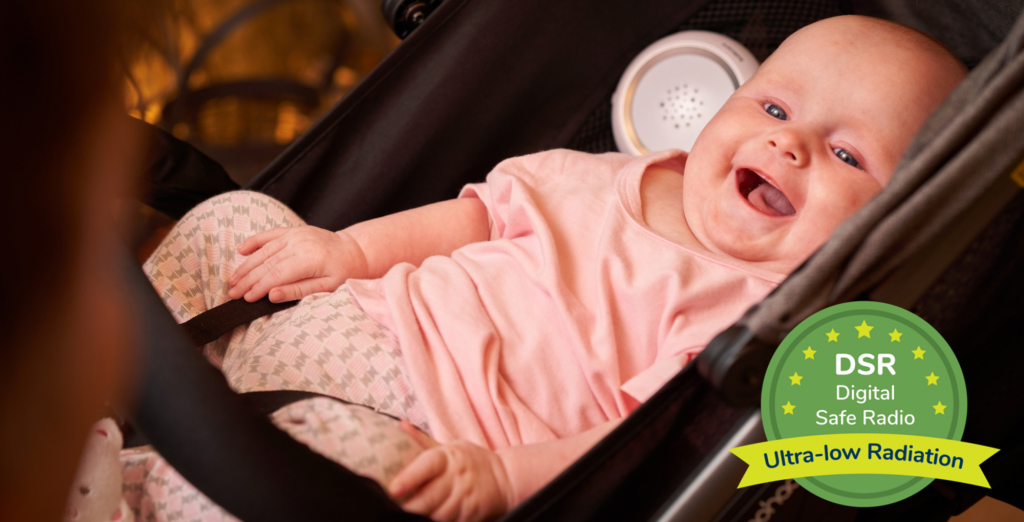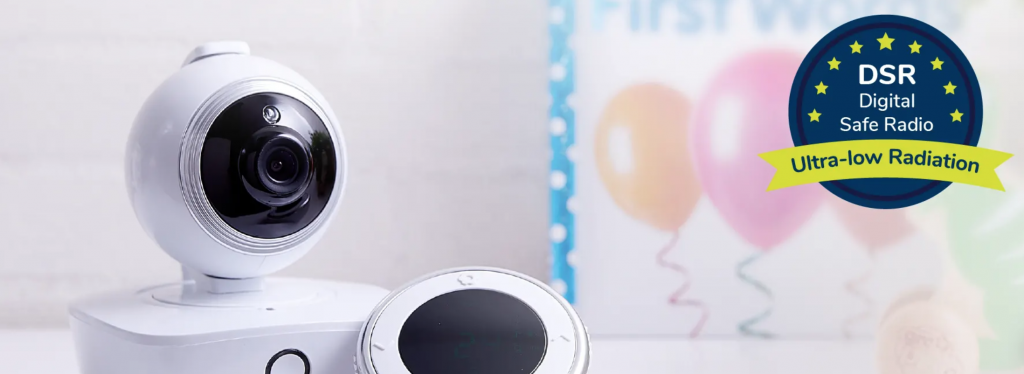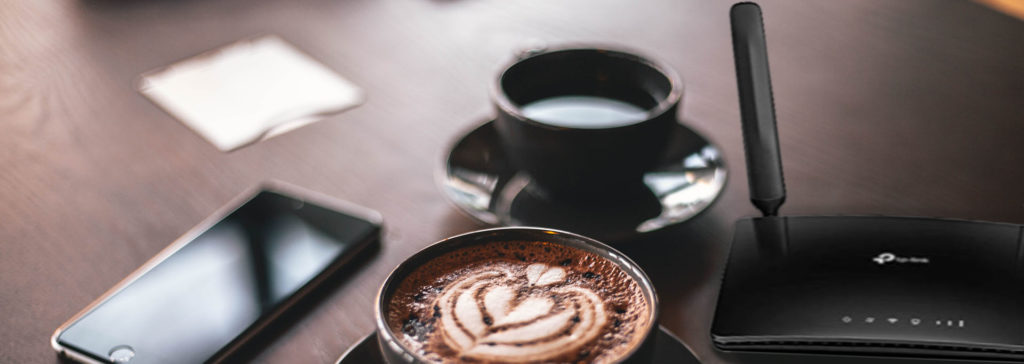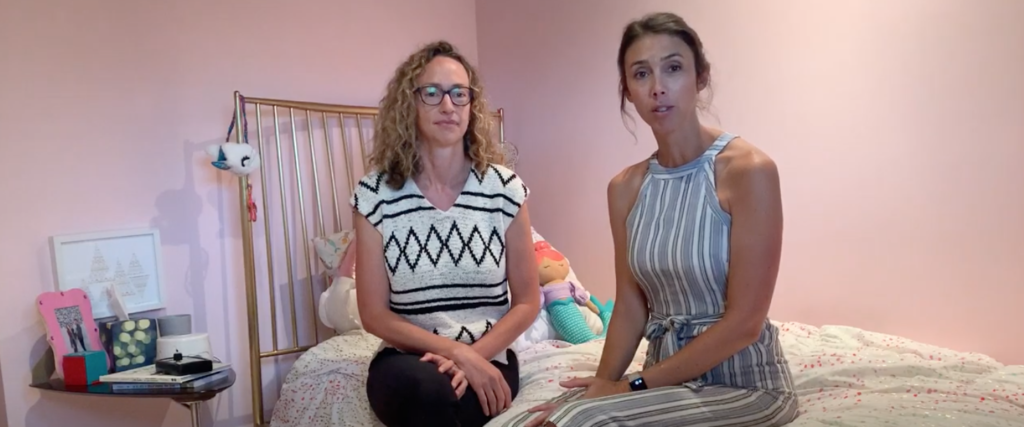5 Tips to Build a Low EMF Emissions Home for Your Baby
Guest blog post by Andrew from Bebcare Low Emissions Baby Monitor
Parents are deeply concerned about the safety of their baby. Why wouldn’t they be? Your baby is your bundle of joy and the most precious. With the abundance of wireless devices these days, EMF radiation is a hot topic amongst parents. In this blog post, we will walk you through what is an EMF and 5 tips to create a low EMF emissions environment for your baby.
What is EMF?
EMF stands for Electromagnetic Field. That sounds complicated! Well, it is kind of, but it’s actually elementary college physics. Electromagnetic field is present throughout the universe and is an essential part of our everyday life. There are many forms of EMFs, some are good EMF, while some are bad EMF, just like cholesterol in your body. Visible light, WiFi signal, microwave, and cellular signals are all different forms of EMFs. Your ability to see things is due to electromagnetic waves interacting with the retina in your eyes and turning that into an electric pulse in your brain. That said, an example of bad EMFs would be high power waves coming from high power electrical cables or even what scientists call “ionizing radiation” from powerful sources. To put it simply, exposure to these bad EMFs causes significant health problems because the EMF waves ionize your cells and may cause cancer. X-ray is a common example of ionizing radiation, which is why you do not want to be doing X-ray scans often.
Why is EMF important to your baby’s safety?
Parents should exercise the highest level of caution when it comes to baby safety. Depending on where you look, there are scientific studies that have linked exposure to EMF with the development of cancer, including the W.H.O. classification of EMF as possibly carcinogenic to humans in 2011. Furthermore, there are scientific studies that indicate correlation between exposure to EMF and learning disabilities such as ADHD. Nevertheless, it is a controversial subject with stakeholders making arguments on both sides.
5 Tips to build a low EMF emissions home
Place WiFi Routers Far Away from Your Baby
The further away the source of wireless emissions, the lower its EMF power. WiFi routers are one of the most common sources of wireless emissions at home or office with health side effects. You should consider placing the router away from children or yourself. Power is often measured in Volts per meter (V/m) or milliWatt (mW), meaning you want to purchase a router with a lower power rating.
Put Your Phones Away from Your Nightstand
One of the most common mistakes is putting your smartphone on the nightstand next to your bed. This exposes you and your family to several hours of constant exposure to wireless radiation as you sleep. Try placing the phone at least 15 feet away, or even putting it into Airplane mode.
Install EMF Shielding at Strategic Places
EMF shielding can be an effective way to create an EMF safe zone within your home. Metal panels have the ability to block out Electromagnetic waves from entering into this safe zone.
Pick a Home that’s Far Away from Power Plants and Wireless Towers
Cell phone and communication towers emit the highest doses of wireless radiation. The long term effects of constant exposure to such high doses of EMF radiation are not well understood by the scientific community. It is wise to choose a home that is far away from these sources of high energy wireless signals.
Use a Low Wireless Emissions Baby Monitor
Your baby monitor acts as the communication bridge between your baby and you. Therefore, it’s of utmost importance that the baby monitor operates in a safe, ultra-low emissions manner. Bebcare baby monitors utilize DSR Digital Safe Radio technology, which emits less than 10% of wireless radiation compared to other products.
Get the lowest EMF emissions baby monitors at bebcare.com with 10% DISCOUNT using discount code: goldcoastdoulas
Check out our BECOMING A Mother course! It’s a self-paced, online series to help reduce fear and gain confidence in pregnancy, birth, and early parenting. With recorded video lessons, monthly live chats, and a supportive FaceBook community – it’s everything we wish we would have known before we had our babies! We’d love to see you there!
Kristin & Alyssa
5 Tips to Build a Low EMF Emissions Home for Your Baby Read More »





